Essential Scuba Diving Lingo for Beginners
Scuba diving has its own language that can be a bit confusing at first, like any sport or industry. But don’t sweat it! We’ve put together a list of the most common scuba diving lingo and acronyms you need to know to sound like a pro on your next scuba diving vacation.

BCD – Buoyancy Control Device
The BCD is an inflatable vest that divers wear to help control their buoyancy while underwater. It allows divers to adjust their buoyancy by inflating or deflating the vest.
OW – Open Water Diver
An Open Water Diver is the first level of scuba certification. This certification allows divers to dive to a maximum depth of 18 meters (60 feet).
AOW – Advanced Open Water Diver
The Advanced Open Water Diver certification is the next level of scuba certification after the Open Water Diver certification. This certification allows divers to dive to a maximum depth of 30 meters (100 feet).
Nitrox or EAN- Enriched Air Nitrox
Nitrox is a breathing gas that has a higher percentage of oxygen than regular air. This allows divers to stay underwater for longer periods of time without getting tired.
Trimix – Helium, Oxygen, and Nitrogen
Trimix is a breathing gas that is used by technical divers who dive to deeper depths. It contains a combination of helium, oxygen, and nitrogen.
Deco – Decompression
Decompression refers to the process of allowing nitrogen to slowly leave the body after a dive. This is done to prevent decompression sickness, which is also known as “the bends.”

SMB – Surface Marker Buoy
An SMB is a small, inflatable marker that divers use to signal their location to boats and other divers while they are on the surface.
DIR – Doing It Right
DIR is a philosophy and approach to scuba diving that emphasizes safety, efficiency, and teamwork. It is often associated with technical diving.
OOA – Out Of Air
OOA refers to the situation when a diver runs out of air while underwater. It is one of the most dangerous situations that can occur while scuba diving.
ROV – Remotely Operated Vehicle
An ROV is an underwater robot that is controlled by a person on the surface. They are often used for scientific research and exploration.
SAC – Surface Air Consumption
SAC refers to the amount of air a diver uses while on the surface. This can be used to estimate how much air a diver will need while underwater.
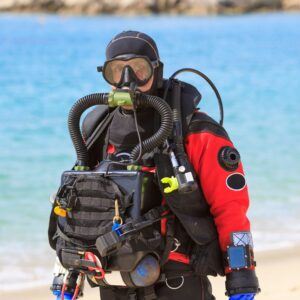
CCR – Closed Circuit Rebreather
A CCR is a type of diving equipment that recycles the air a diver breathes out, removing the carbon dioxide and replenishing the oxygen. This allows divers to stay underwater for longer periods of time.
DPV – Diver Propulsion Vehicle
A DPV is an underwater scooter that divers can use to travel longer distances underwater.
MOD – Maximum Operating Depth
MOD refers to the maximum depth that a particular gas mixture can be used for. It is important for divers to know the MOD of the gas they are using to prevent decompression sickness.
OWU – Open Water Unit
An OWU is a type of diving equipment that allows divers to breathe compressed air while underwater. It includes a tank of compressed air, a regulator to control the flow of air, and a pressure gauge to monitor the amount of air remaining in the tank.
Mastering the lingo and acronyms of scuba diving can help you feel more confident and knowledgeable for your next dive. This glossary is designed to be a fun and helpful tool, but it should not and does not replace proper training.
If there are any terms that we may have missed, please let us know in the comments below!

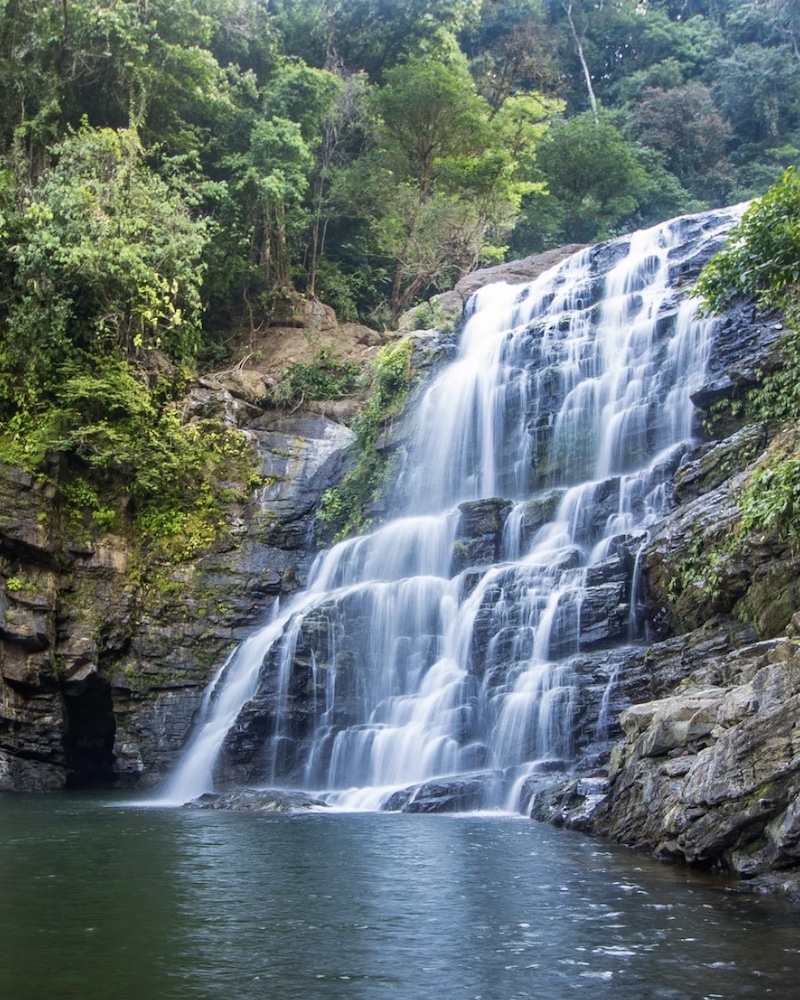
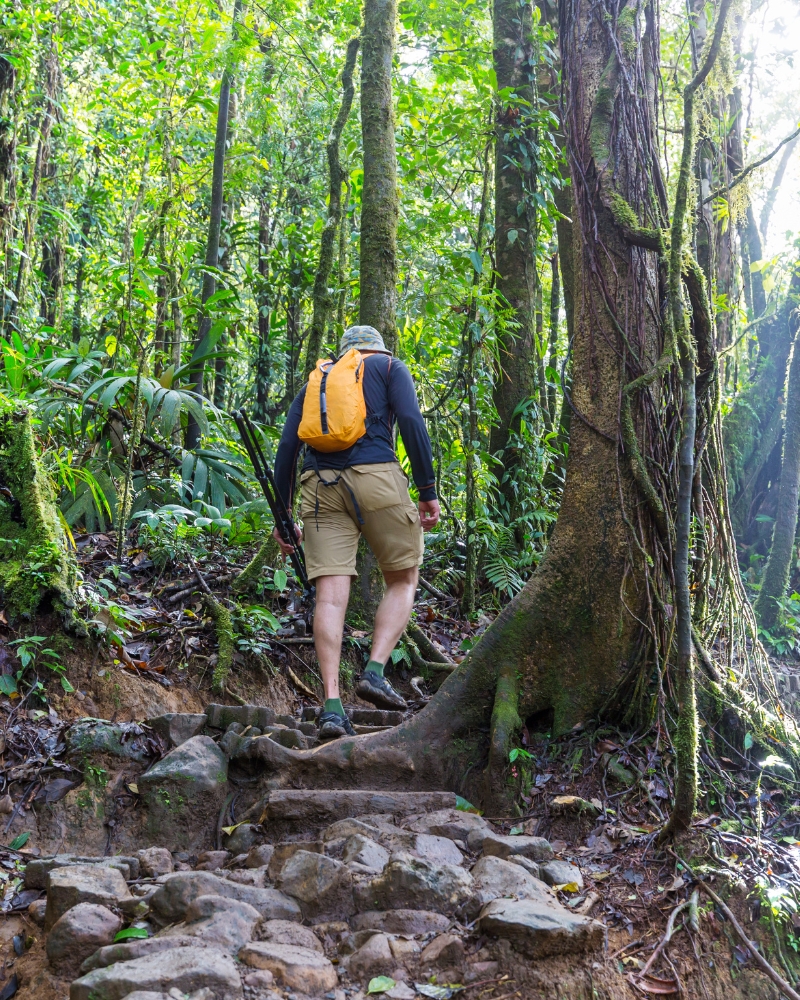
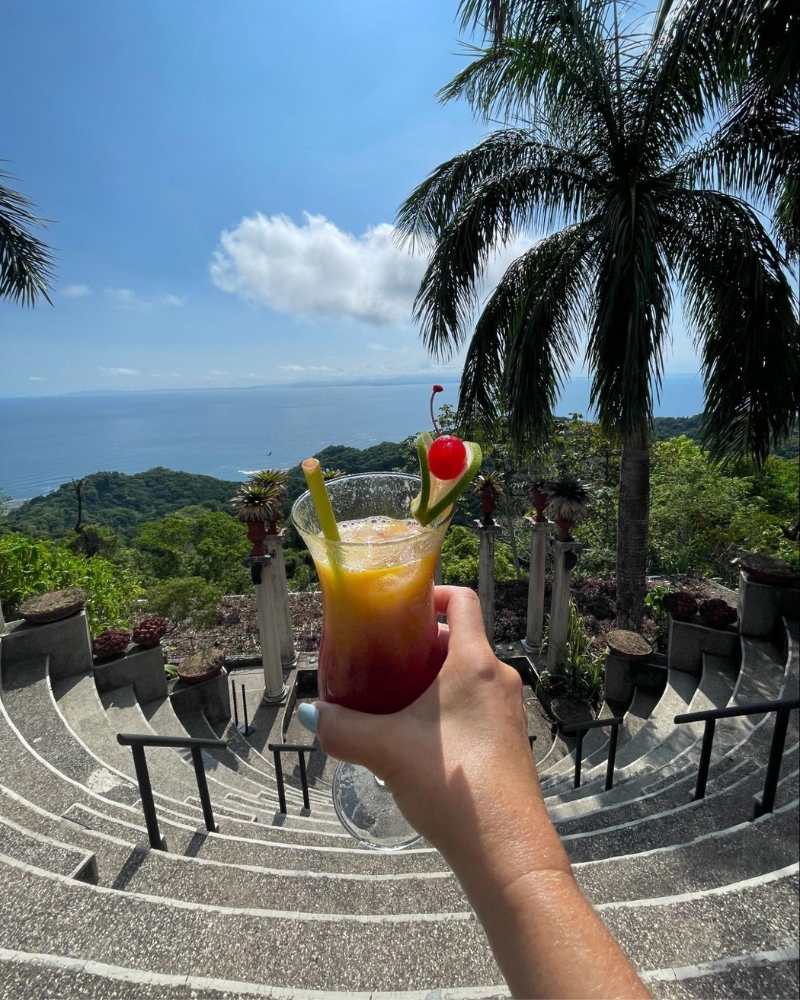

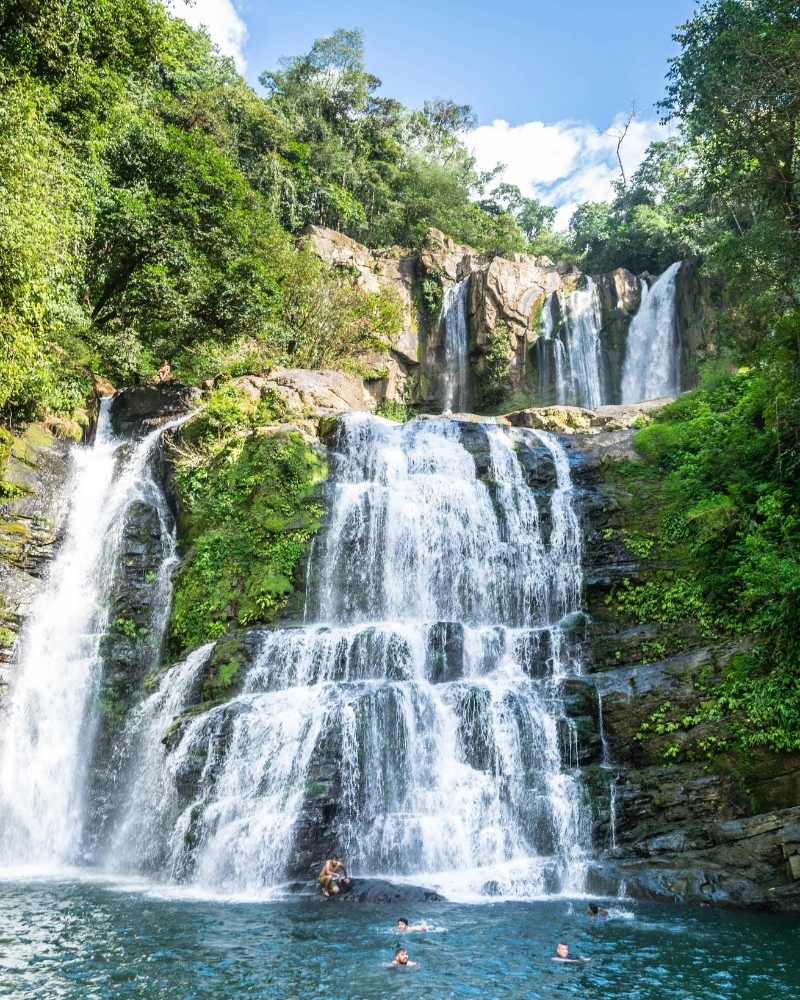

+ show Comments
- Hide Comments
add a comment